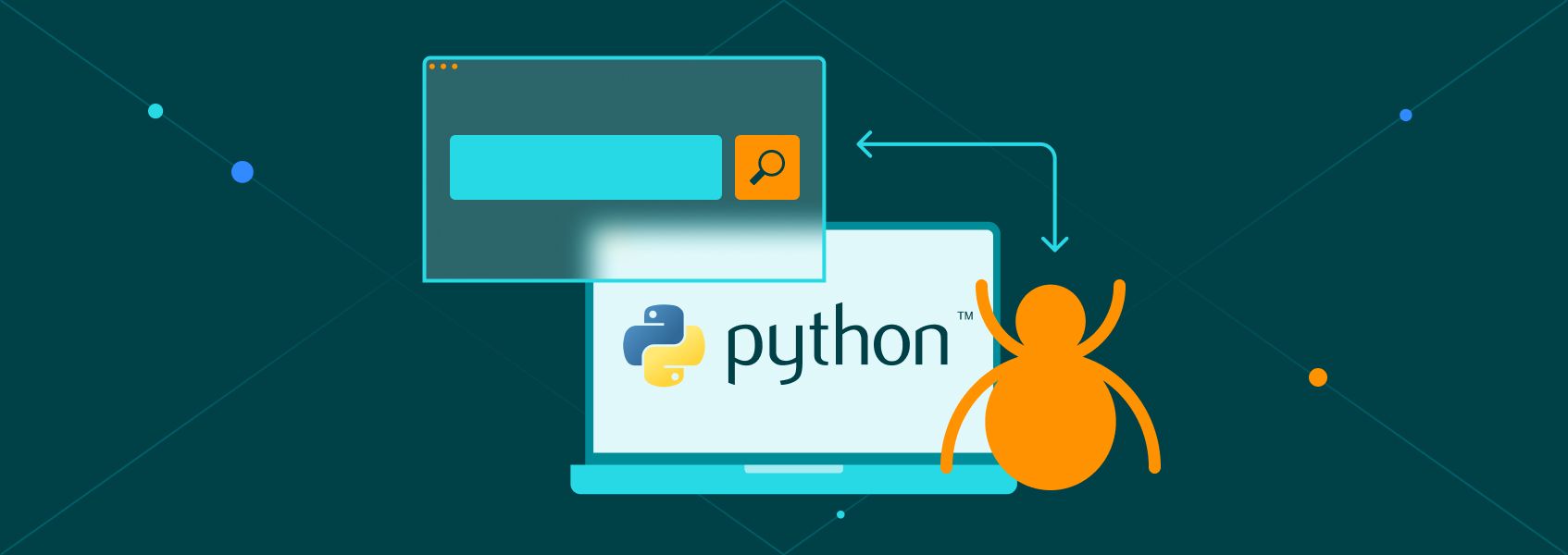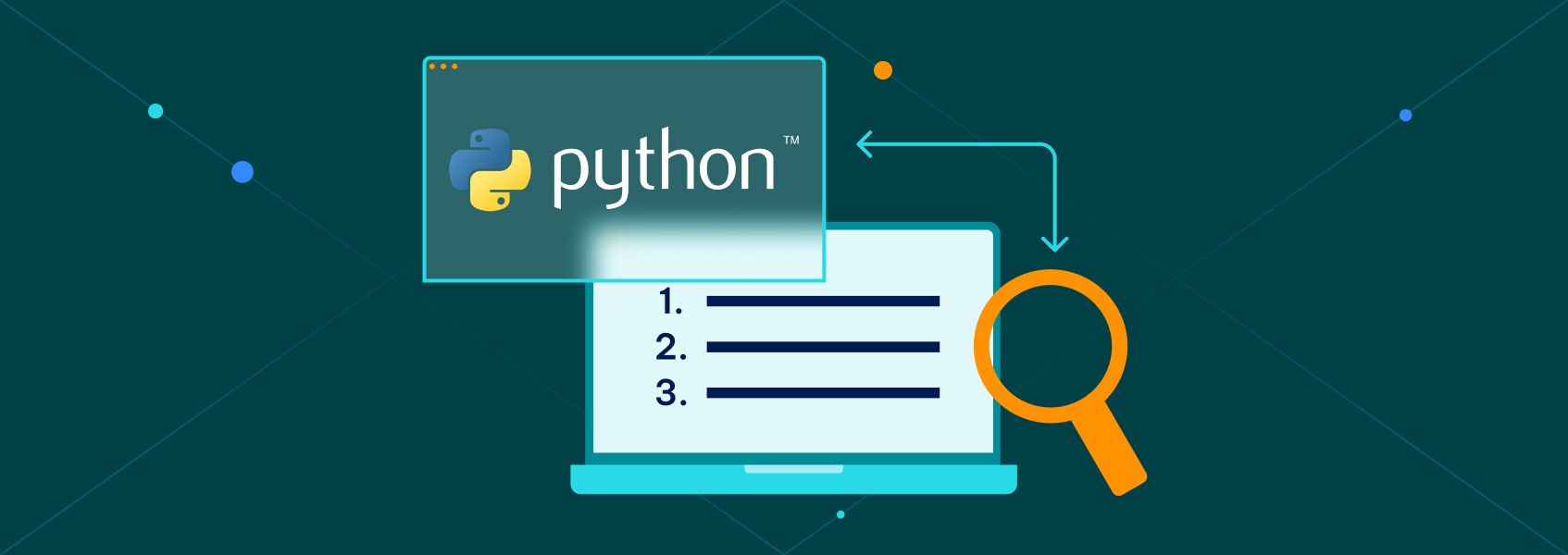Python Dateparser: How to Parse Dates Easily
Python

Nerijus Kriaučiūnas
Key Takeaways
-
Dateparser turns messy texts or dates into a usable datetime object automatically.
-
If you get errors, make sure you don’t misconfigure your code to extract invalid dates.
-
Always validate parsing results and set clear timezone or format rules.
Working with dates in code, especially if you’re handling different time zones and formats, can be a repetitive headache. However, there’s an easy solution for such data parsing : dateparser.
Here you will learn how it simplifies date-related tasks, see practical examples, get tips on how to avoid common pitfalls, and more.
What Is a Dateparser?
Dateparser is a lightweight Python module that makes it simple to parse dates from almost any text out there.
The main problem with dates is that they come in many formats that are easy to understand for humans, but automated solutions often struggle with them because they may be written in a variety of ways: 31st Jan, last Friday, Thursday the 14th, and so on.
A dateparser saves you from writing custom parsing code every single time you encounter a different format. To install it, run this:
pip install dateparser
For detailed instructions about it and how it works, check the official documentation .
Real-World Use Cases
Working with different formats of dates can be frustrating, especially when you’re dealing with user-generated input, logs, or natural language descriptions. However, you can use dateparser to handle many of these challenges with just one function: parse().
Here are several practical examples of how to use it effectively.
import dateparser
1. Simple Date Formats
This is a basic ISO-style input, like '2025-07-05'. When passed to dateparser.parse(), it cleanly returns a standard object that can be used for further tasks.
dt1 = dateparser.parse("2025-07-05")
print(dt1) # outputs a datetime object
2. Natural Language
If a user types something like 'next Friday', dateparser breaks since it doesn’t understand relative dates. However, you can use other solutions to make it work. The best option is the one that retains dateparser functionality and uses an in-built tool. Then, you can use this code:
from datetime import datetime, timedelta
import dateparser
# Move the base one week ahead
base = datetime.now() + timedelta(days=7)
# Now "Friday" is interpreted as the Friday in that new week
next_friday = dateparser.parse("Friday", settings={"RELATIVE_BASE": base})
print(next_friday)
3. Different Locale
Here you will see how to handle inputs in foreign languages. The string '15 Juni 2025' is in Swedish. By specifying the language using the languages parameter, dateparser is able to parse this correctly.
dt3 = dateparser.parse("15 Juni 2025", languages=['sv'])
print(dt3)
4. Date String With Incomplete Info
Sometimes, you only get partial inputs like 'March 3', which is a partial date. Dateparser intelligently fills in the missing pieces, like the year, using the current year by default.
dt4 = dateparser.parse("March 3")
print(dt4) # Assumes current year; works with incomplete dates
These cases show that regardless of the input format (structured, casual, different language, or partial), you can still reliably convert it into a consistent, usable object with dateparser.
dateparser vs datetime vs dateutil
When choosing the right tool for handling dates in Python, it’s important to understand the strengths and trade-offs of each available library. While they all aim to help you interpret or manipulate time-related information, their features and focus areas aren’t quite the same.
Below is a quick comparison of the three most commonly used libraries for this purpose.
| Library | Pros | Cons |
|---|---|---|
| dateparser | Easy to parse dates from natural language (except for relative dates), handles incomplete dates effectively | Heavier and slower than built-in datetime, limited timezone handling without extra settings |
| datetime (built-in) | Always available, great for manipulating datetime objects | Cannot parse dates from strings directly, doesn’t handle languages or slang |
| dateutil (parser) | Can parse from many strings, familiar for experienced users | Still struggles with imperfect dates, occasional ambiguity in parsing |
Handling Timezones and Common Issues
Data parsing with Python can sometimes cause certain parsing errors . Here you will learn how to bypass or solve them.
1. Timezone Handling
By default, dateparser returns naive date object values (no timezone). To get timezone-aware objects, use these settings:
dt = dateparser.parse("2025-07-05 14:30 UTC", settings={'TO_TIMEZONE': 'UTC', 'RETURN_AS_TIMEZONE_AWARE': True})
2. Parsing Failures
If you try parse('32nd April'), dateparser will attempt to parse it by putting a number to the year instead of the day of the month. Always check:
settings = {
"PARSERS": ["absolute-time"],
"STRICT_PARSING": True,
}
# both of these will return None
print(dateparser.parse("32nd April", settings=settings)) # None
print(dateparser.parse("March 40", settings=settings)) # None
# valid dates still parse
print(dateparser.parse("April 30", settings=settings)) # e.g. 2025-04-30 00:00:00
print(dateparser.parse("April 30 2025", settings=settings)) # 2025-04-30 00:00:00
3. Ambiguous Day/Month
European vs US formats can conflict. Specify the format:
dt = dateparser.parse("05/07/2025", settings={'DATE_ORDER': 'DMY'})
4. Working With Incomplete Dates
Phrases like ‘2025' or ‘April' lack month/day. Use these settings:
dateparser.parse("2025", settings={'PREFER_DAY_OF_MONTH': 'first'}) # Assumes Jan 1
dateparser.parse("April", settings={'PREFER_DAY_OF_MONTH': 'last'}) # Assumes April 30
Conclusion
Python dateparser offers a flexible way to parse JSON dates from almost any text, manage fractured dates, and partly handle natural language. One of its main strengths is the ease of parsing messy input, though you may need extra settings for timezone accuracy.
If you want to learn more about data parsing, error handling, and understand JSON parsing, check out our guide on parsing JSON in JavaScript .


